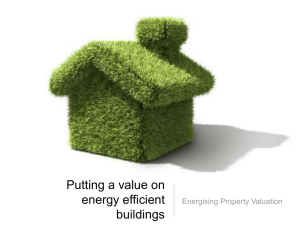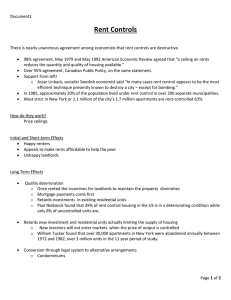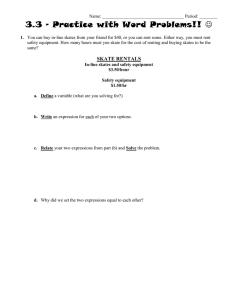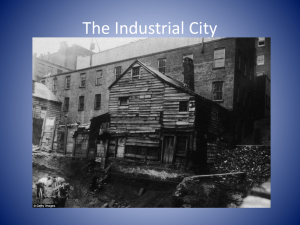Definitions and concepts
advertisement
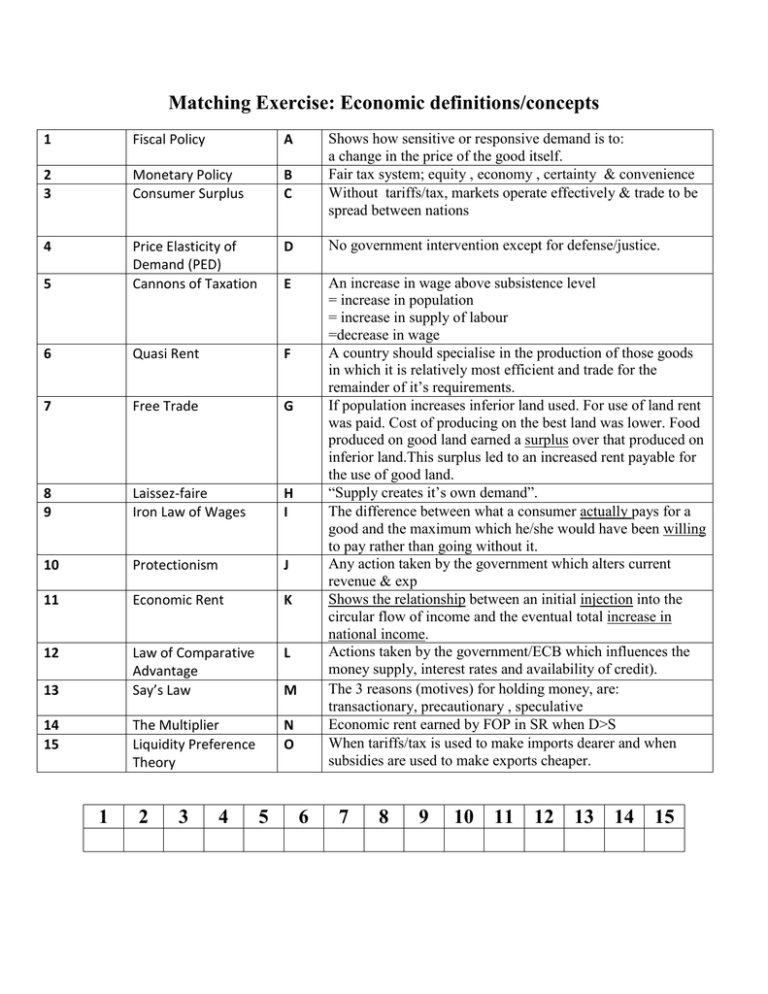
Matching Exercise: Economic definitions/concepts 1 Fiscal Policy A 2 3 Monetary Policy Consumer Surplus B C 4 D No government intervention except for defense/justice. 5 Price Elasticity of Demand (PED) Cannons of Taxation E 6 Quasi Rent F 7 Free Trade G 8 9 Laissez-faire Iron Law of Wages H I 10 Protectionism J 11 Economic Rent K 12 Law of Comparative Advantage Say’s Law L The Multiplier Liquidity Preference Theory N O An increase in wage above subsistence level = increase in population = increase in supply of labour =decrease in wage A country should specialise in the production of those goods in which it is relatively most efficient and trade for the remainder of it’s requirements. If population increases inferior land used. For use of land rent was paid. Cost of producing on the best land was lower. Food produced on good land earned a surplus over that produced on inferior land.This surplus led to an increased rent payable for the use of good land. “Supply creates it’s own demand”. The difference between what a consumer actually pays for a good and the maximum which he/she would have been willing to pay rather than going without it. Any action taken by the government which alters current revenue & exp Shows the relationship between an initial injection into the circular flow of income and the eventual total increase in national income. Actions taken by the government/ECB which influences the money supply, interest rates and availability of credit). The 3 reasons (motives) for holding money, are: transactionary, precautionary , speculative Economic rent earned by FOP in SR when D>S When tariffs/tax is used to make imports dearer and when subsidies are used to make exports cheaper. 13 14 15 1 2 3 4 Shows how sensitive or responsive demand is to: a change in the price of the good itself. Fair tax system; equity , economy , certainty & convenience Without tariffs/tax, markets operate effectively & trade to be spread between nations M 5 6 7 8 9 10 11 12 13 14 15






